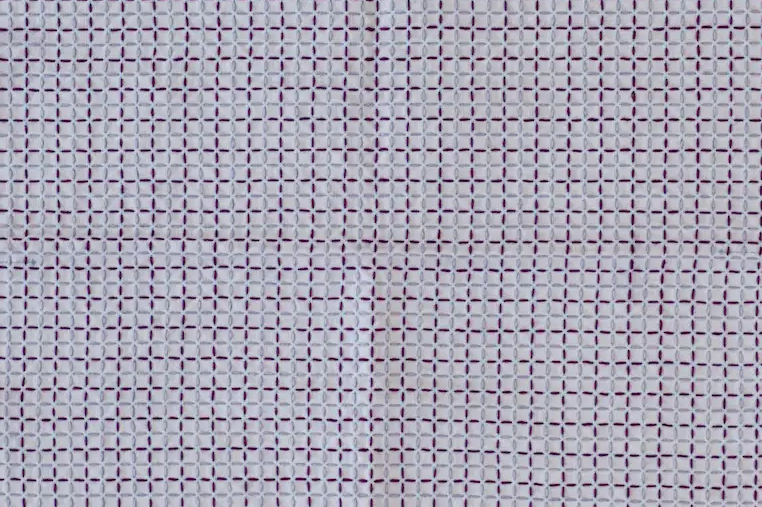

Janette Haruguchi

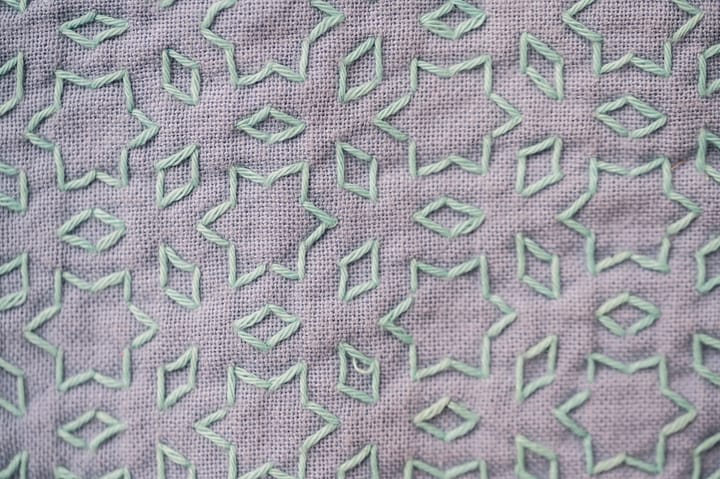
Sashiko Pattern Hoshi to Mitsubishi
The sashiko pattern hoshi to mitsubishi 星と三菱 means “stars and three rhombi.” It is easy to follow even for beginners. | Sashiko Pattern
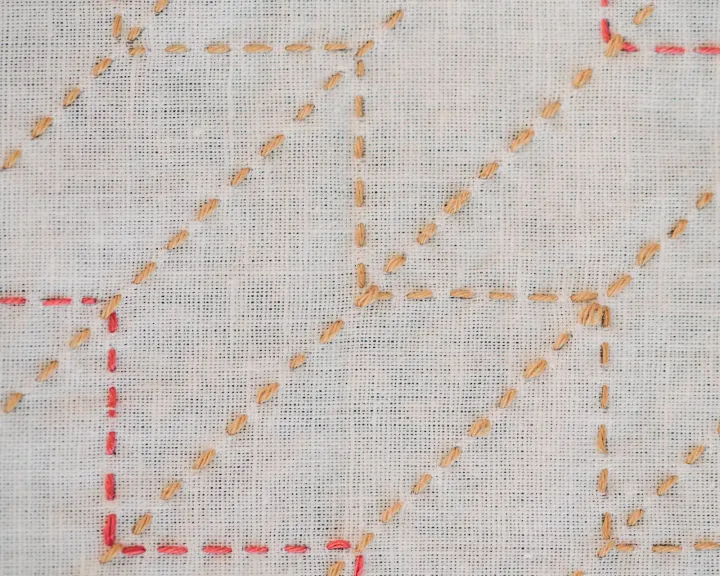
Sashiko Pattern Yabane
Learn about the traditional Japanese sashiko pattern yabane 矢羽根 | Sashiko Pattern
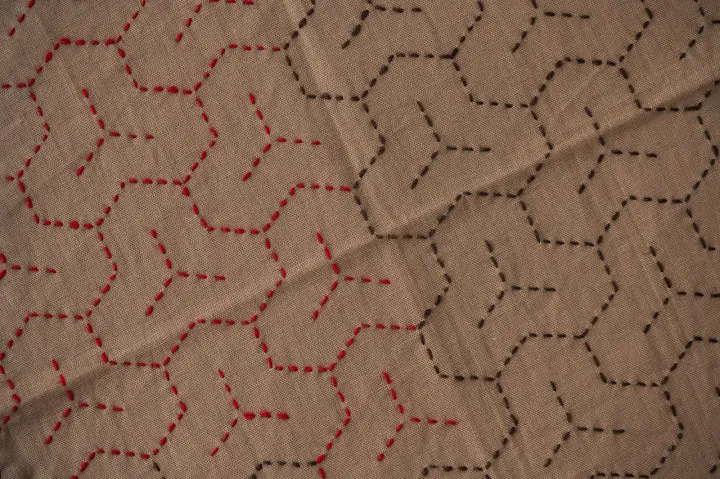
Sashiko Pattern Bishamonkikkō
The sashiko pattern bishamonkikkō 毘沙門亀甲 means “Bishamonten tortoiseshell.” | Sashiko Pattern

JunAle - modern sashiko fusion
JunAle delivers a harmonic fusion of tradition and modernity by combining the sashiko technique and functional wear | Sashiko Artist Profile
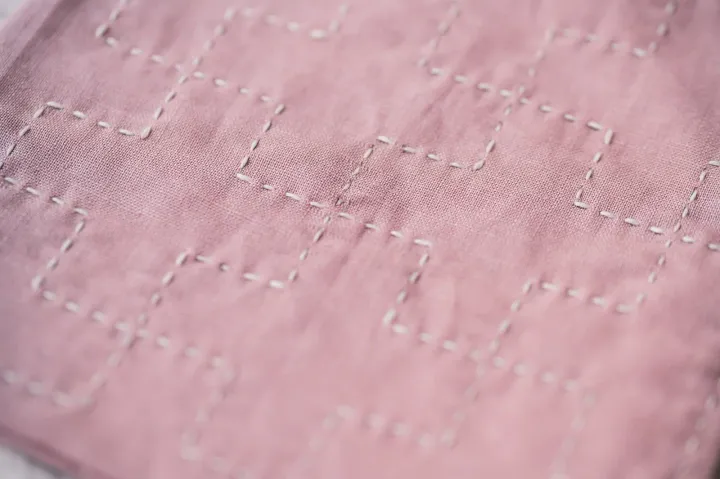
Sashiko Pattern Jūjitsunagi
Learn all about the traditional Japanese sashiko pattern jūjitsunagi 十字つなぎ, which means "connected letter ten." | Sashiko Pattern
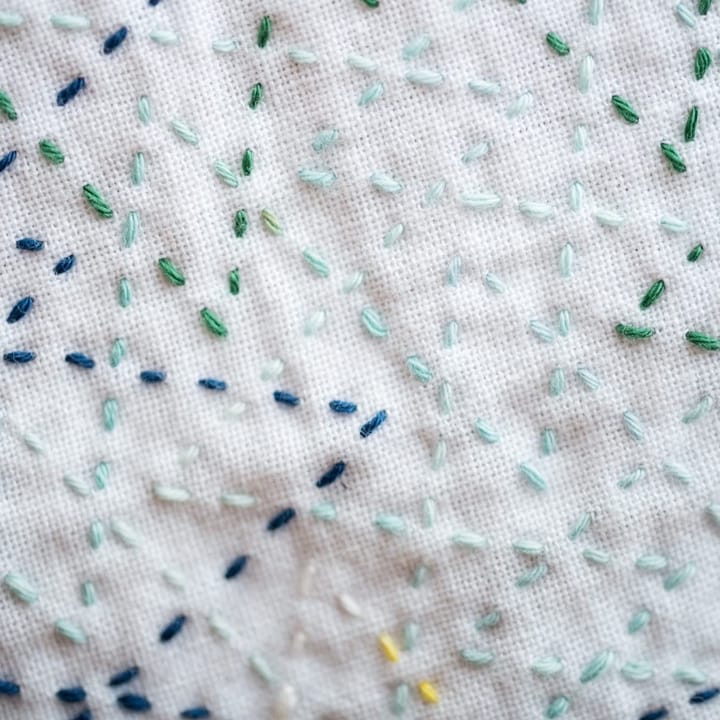
Sashiko Pattern Tsuzukiyamagata
The traditional Japanese pattern tsuzukiyamagata 続き山形 is a fancy sashiko moyōzashi pattern. | Sashiko Pattern

